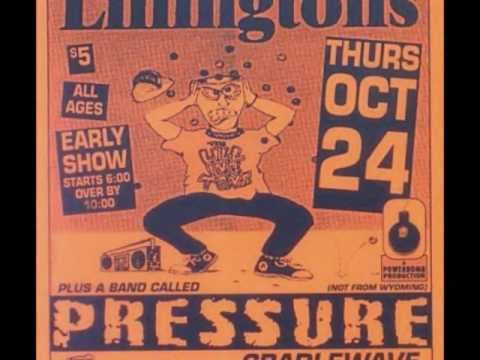Learning to play the guitar is a dream many people have. Though most only consider a guitar a musical instrument, there is much more involved in the process of learning, including a little bit of math. Mastering the guitar has formulas and rules you need to understand before you can be the master you’re looking to be.
Sound is a wave, and every wave has a frequency and length. That means that notes have their own frequencies. In fact, there are 12 notes, each with its own distinct frequency. So as you can see, there is much more to learning guitar than many think, including understanding octaves.
How many octaves does a guitar have? That’s what we’re going to look at and other essential factors you need to know when dealing with octaves and guitars.
Octaves Defined
Before discussing how many octaves are on guitar and how you can master understanding these octaves, we must define what an octave is. There are intervals between one pitch and another (either half or double its frequency) in music, which is an octave. In other words, you can have the same base note, but because there are different frequencies in each, they are different octaves.
Understanding octaves is essential as it is the first step to learning a multitude of skills on the guitar. Everything from learning arpeggios to developing new chords depends on your understanding of octaves. So let’s continue figuring out the core knowledge of octaves that are required for you to begin mastering the guitar.
How Many Notes Are There In An Octave?
Everything when it comes to music is based on a scale. A scale is a string of notes placed in order based on the pitch or frequency of that note. For scales for pitches that increase, this is an ascending scale, and the opposite is true for descending scales.
In other words, scales are notes that either rise or decrease in pitch. These scales tend to be written in eight-note intervals. The space between the first and last note is an octave.
Guitar Octaves: How Many Are There?
So now that we know there are eight notes in an octave, how many octaves are there on a guitar? The answer to this question depends on how many strings are attached to your guitar. Along with how many strings, it is also dependent on how many frets are on your guitar.
So for a basic six-string, 24-fret guitar, you’re looking at four full octaves, and that’s not counting open strings. On the other hand, if your six-string guitar has only 12 frets, you will only have three full octaves.

Some Exercise to Help You Learn Octaves
To get a good grasp of octaves, you need to thoroughly understand your fretboard. So now that you know how many octaves your guitar has and what an octave is, there are exercises to help you become more familiar with your fretboard and, therefore, more knowledgeable about octaves.
Here are some easy and quick examples of exercises that you can use to become a guitar master:
- Many beginning guitarists use tablatures, but it’s best to simply learn how to read the notations to really understand your frets.
- Try not to use only one finger for all your notes so that you can begin fine-tuning your hand shifts for smoother playing capabilities.
- Try to practice semitone notes which are half notes, even when the interval is a whole step.
- When you’re playing on your fretboard, verbally say the name of the notes as you hit them, and make sure to be watching your hand as you do this.
- Take time to listen to all the notes to memorize the sound.
- Memorize the dots on your fretboard and pay attention to how they align with each note.
- Try using a metronome at one second per beat to start with, and then gradually increase the speed so that you can get faster on your fretboard.
- You can use a diatonic chord sequence to help learn the major scales and chords.
- Also, playing in thirds can help you develop a greater understanding of the nuances of the chords and scales.
- Try playing one note, and then it’s octave on the same string. Repeating this over and over for all the notes will help you understand octaves better.
- You can also try playing the note and then the same note on another string to help get a better idea of the difference in each of the notes and their frequencies.
- Try playing a note and then going two strings away from it and playing its octave. This will allow you to identify the chord forms and how these octaves play a part in them.
- Try playing a chord and then really taking it apart and looking at the root notes that make it up.
Final Thoughts
There are so many core principles to really master the guitar. Of these, octaves may be the most important in things like chords, and other vital factors in understanding how to read music. How many octaves your guitar has will depend on the guitar itself.
The good news is that most guitars will have information with them, or you will be able to ask the salesperson the scale length, which will give you an idea of how many octaves your guitar has.
Understanding this will allow you to plan out your exercises to become a better player. We hope this has helped you begin your quest to master the guitar.




















